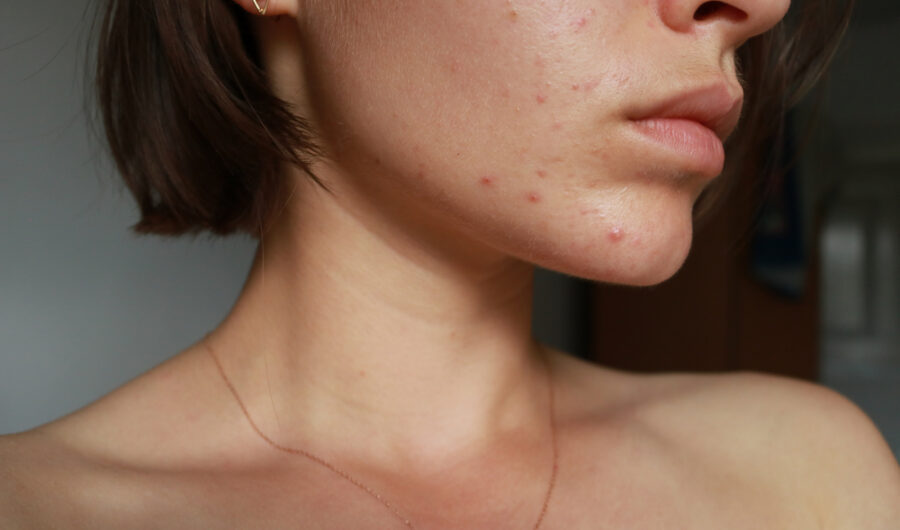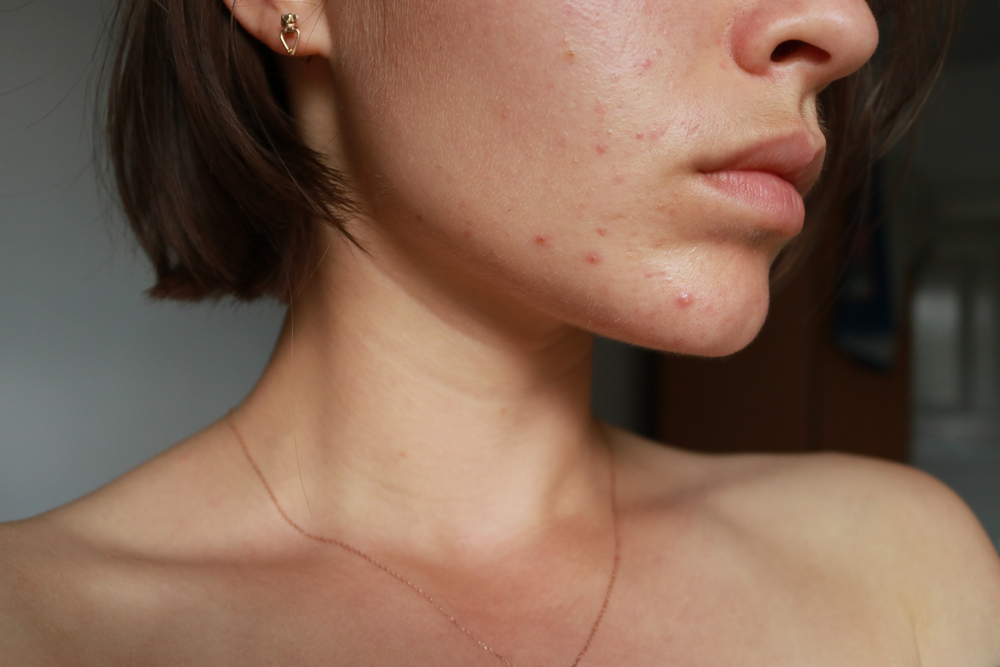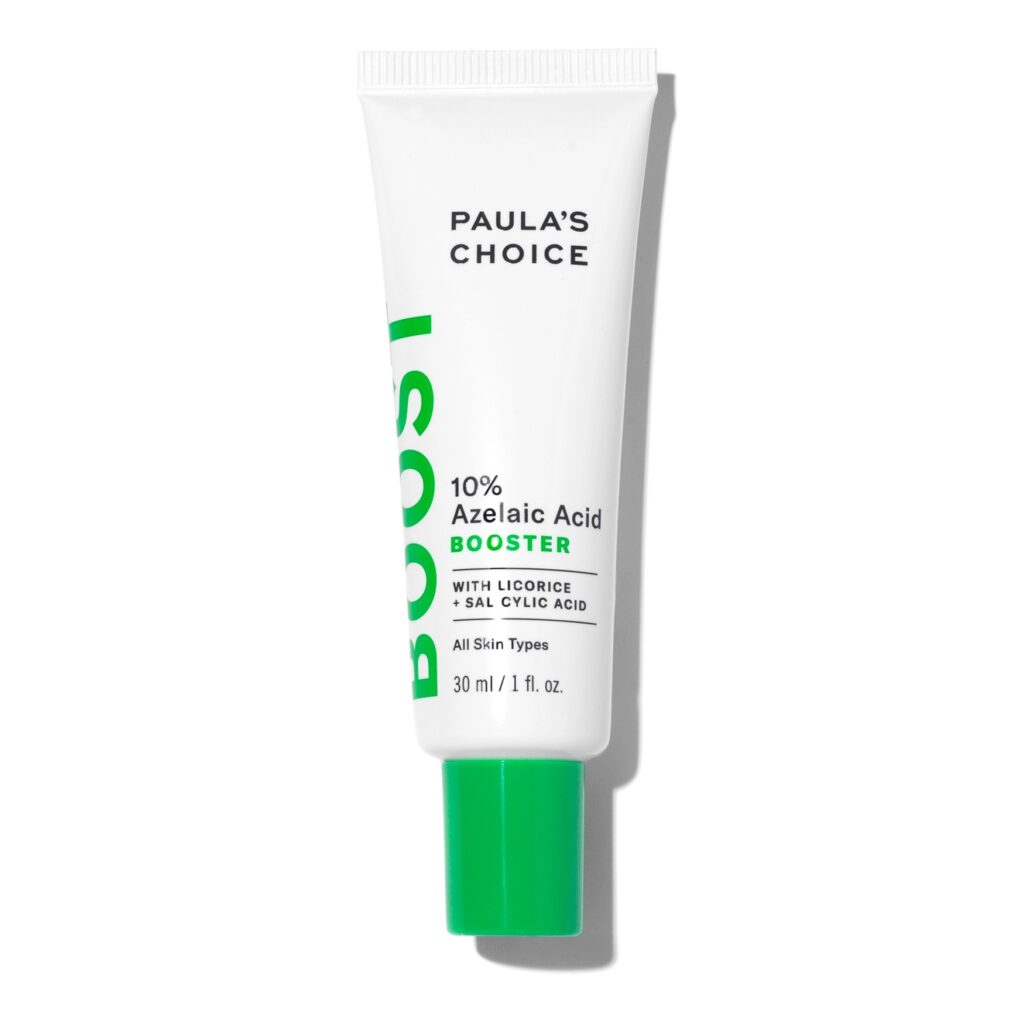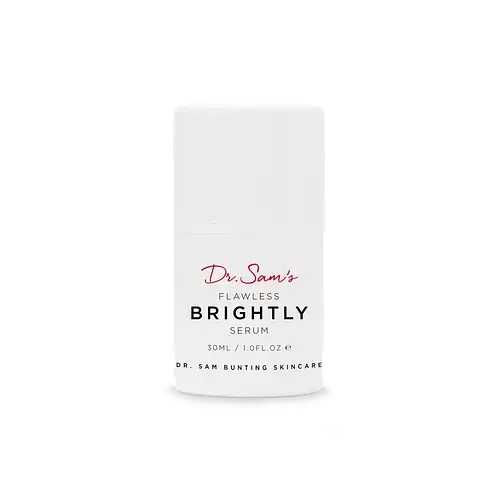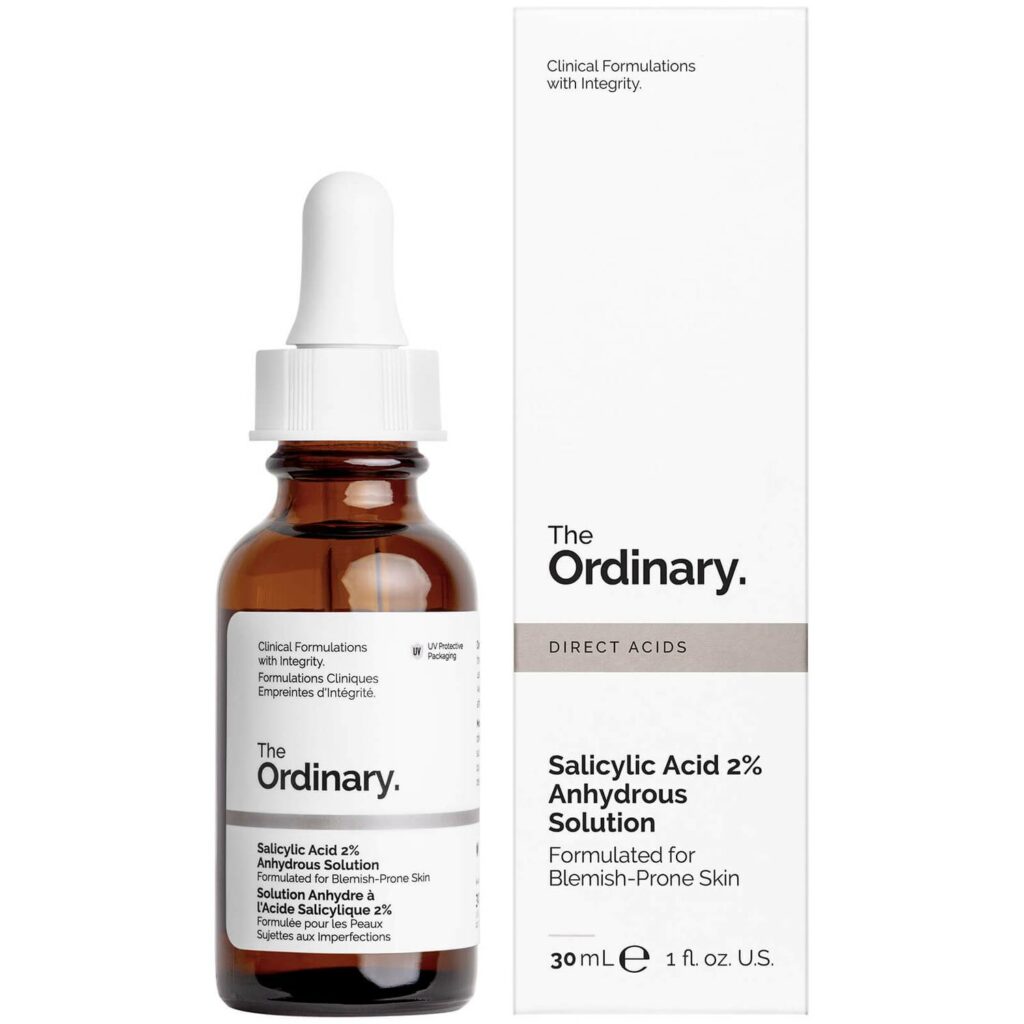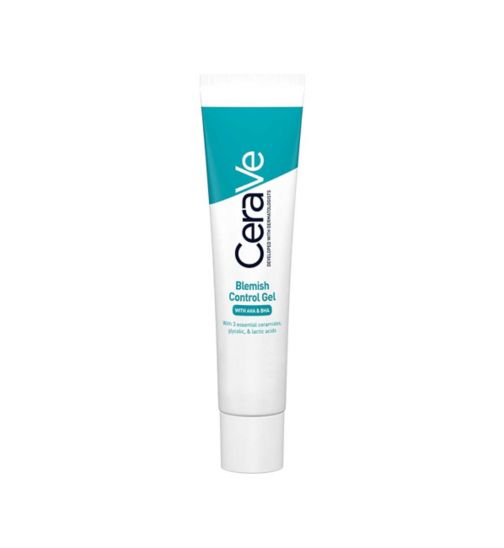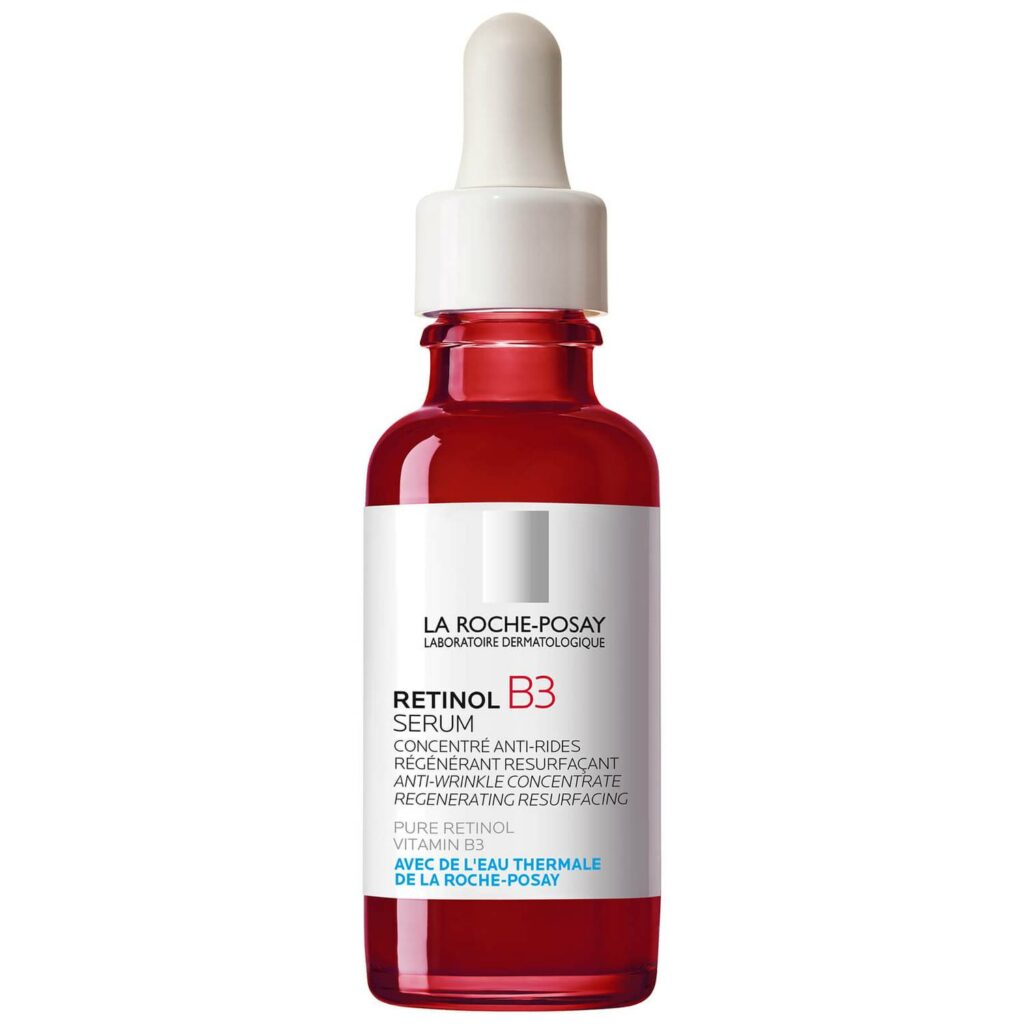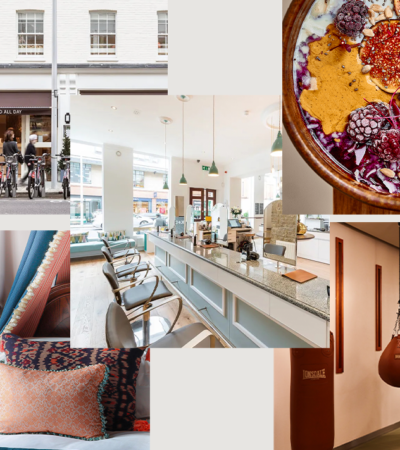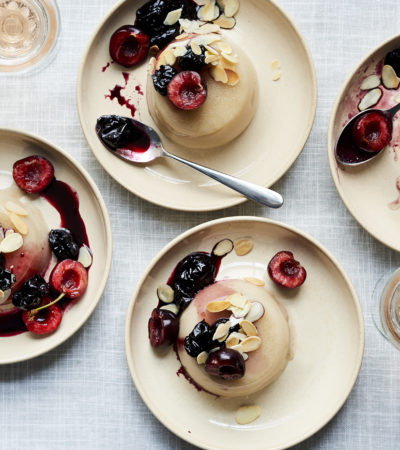Hormonal acne can present itself at any age. Developing acne as a teenager is upsetting, but during adulthood, it can adversely knock your self-esteem and overall confidence levels. Studies have revealed that 50% of women in their 20s, 35% in their 30s and 26% in their 40s deal with acne. Hormonal acne is triggered by fluctuating hormone levels. An increase of estrogen, progesterone and testosterone, which mainly happens during menopause, pregnancy and menstruation cycles, causes the rise of pimples. Compared to regular spots, hormonal acne tends to be cyclical and appears around your chin, mouth and jawline, in the form of clustered inflamed pink bumps. The hormone levels cause your body to overproduce pore-clogging sebum, which leads to changes in skin activity and bacteria building up in hair follicles. Hormonal acne can be triggered by a range of factors such as pregnancy, anxiety, diet or birth control.
In general, breakouts last 2-3 weeks, but you might, unfortunately, be dealing with hormonal acne for years. This is common in your 20s and 30s and could then return during menopause. However, if execute a plan which is tailored to your situation now, you could be on your way to keep your hormonal acne breakouts at bay. The secret is to understand what works for your skin to combat hormonal imbalances. Nikki Hillis, women’s wellness specialist at Sun Chlorella has shared her 5 tips to clear hormonal acne.
Adjust your diet
Your diet is a power factor when analysing your hormonal acne. Certain food groups will support your body’s natural ability to detoxify, balance your blood sugar levels and address hormonal imbalances such as estrogen detoxify. Start by reducing the level of stimulants which can raise levels of cortisol (stress). Cut back on sugar, red meat and caffeine and stick to an anti-inflammatory diet. This involves plant-based foods where possible and an influx of avocados and leafy greens such as spinach and kale. Stick to whole grains rather than processed sugar and consider an alternative to cows’ milk such as oat and almond milk.
Keep your skincare consistent
There is an array of ingredients which have been deemed to ease hormonal acne breakouts. The key is to use them in moderation as opposed to overloading your skin with different products and ingredients. Keeping your skincare consistent will help the ingredients penetrate your skin and avoid any aggravations. Choose one active ingredient as part of your morning routine and build yourself up to using another one for the evening if your skin can tolerate. Dependent on your skin type, if you have sensitive skin for example, you might want to use them on different days. Retinol, salicylic acid, glycolic acid and benzoyl peroxide are the top contenders which you’ll find in acne-fighting products. Those with more sensitive skin could benefit from azelaic acid (also used to combat Rosacea) which is gentler on the skin but still often used by dermatologists as part of an acne-fighting skincare routine. Skincare brands like Paula’s Choice and Dr Sam’s both offer azelaic acid serums.
Take food supplements
Food supplements are available to help with skin nourishment and renewal if you’re unable to source all key nutrients in your diet. Sun Chlorella’s ‘A’ tablets can be taken with a meal, a glass of water or in a smoothie. It’s a really well-rounded multi-vitamin bursting with phytonutrients including vitamins A, D, E, K, B-complex, magnesium, potassium, phosphorus, calcium, iron and zinc along with complete protein and essential fatty acids – both EPA and DHA. Rich in vitamin A, the tablets allow your skin to have access to the nutrients it needs to stay supple and healthy. It has also been shown to safely speed up tissue repair and healing in your skin which helps with hormonal acne breakouts.
Monitor your stress
Stress is a known cause of breakouts, and sometimes it can be unavoidable. However, you can find a stress-reducing outlet during high hormonal periods, such as your time of the month, which helps you detach from these thoughts. Consider taking up yoga or taking time in your morning routine to do some breathing exercises. You should also get the recommended 7 to 9 hours of sleep each night to avoid feeling lethargic and burnt out the next day.
Prescriptions
You’ll need to visit a board-certified dermatologist to discuss prescription options, but they can be effective treatments in the form of topical and oral antibiotics. Clindamycin and erythromycin are topical antibiotic treatments that reduce bacteria on the skin and minimise breakout-related inflammation. Oral antibiotics such as doxycycline can be prescribed for infected breakouts which are tender to touch and cause your skin to look inflamed.


